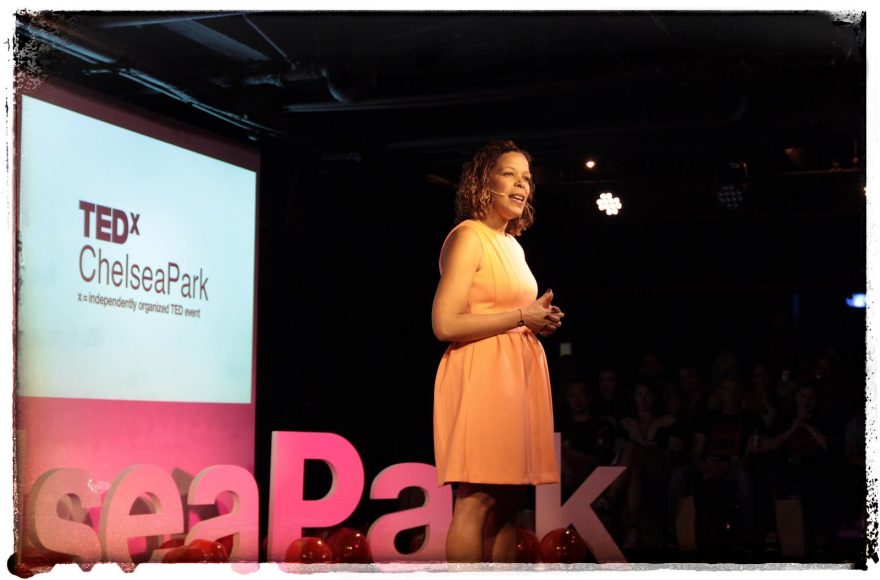According to Catalyst, employee resource groups (ERGs) are “voluntary, employee-led groups that foster a diverse, inclusive workplace aligned with organizational mission, values, goals, business practices, and objectives.”
ERGs are voluntary groups of employees who share a common interest in organizations. They were initially designed to create a community for learning about others, facilitate a sense of belonging, provide a leadership pipeline and foster relationships in the workplace between people of similar backgrounds.
ERGs are a popular tool in many organizations, but there is a significant lack of research on ERGs, including their effects on individual employee outcomes. From inception, ERGs were known to bring many benefits to organizations — one of these was to spot and help cultivate internal leaders. ERGs also educate employees and lead to higher retention rates. By reading just that, you would think there would be no need to dismantle them at all. But here are some of the issues I have with them:
• ERGs are mostly volunteer-led.
• Many organizations rely on them for recruitment, retention, marketing, strategic guidance and other business functions.
• They receive no administrative support.
• They typically don’t have a sustained budget.
• Members contribute and, at times, pay out of pocket for refreshments.
• Volunteers do this work in addition to their full-time jobs.
• Volunteers usually don’t get additional compensation.
I fully understand that the purpose of ERGs is to drive business opportunities and to improve workplace culture for specific employees by providing them with a voice mechanism that allows their needs and concerns to be heard, but can’t that happen without the need to group them all?
In a way, I am slowly beginning to understand why a company like Deloitte decided to move away from having ERGs. When I said in my TEDx talk that “we need new voices at the table,” I didn’t mean to remove white voices from the table. I want to incorporate diverse humans from all races and backgrounds, including white ones. Let’s not talk about inclusion by excluding a few.
In the end, my definition of success may be different from that of another Latina next to me. I remember at times asking myself which ERG I should go to: the one for women in leadership, the one for LGBTQ employees, the Latino group or the women in tech group? I am a diverse human being who believes in belonging everywhere, and that means wanting to be part of the white people group, too.
Maybe I am an outlier, but I’ve never been attracted only to groups of people who look, sound, speak and act just like me. I am worried that these ERGs can create the false impression that all of a company’s diversity problems will miraculously be solved. Despite the many apparent benefits of ERGs, there are some potential pitfalls and signs that companies don’t support diversity and inclusion, despite ERGs’ efforts. I don’t want companies to use these groups as “evidence” that all employees are treated justly and included. That is a total misrepresentation, in my opinion.
Instead of asking our employees to lead volunteer committees, how about asking them to lead and grow our business by directing a high-stakes meeting with a major stakeholder, leading a major project or presenting at the next team meeting? In my mind, those seem like much better ways to provide internal visibility and meaningful leadership opportunities.
I run an IT department, and without one single ERG, my leadership team can foster professional development. We can find ways to enhance work performance, encourage interaction and develop relationship building within and across workgroups. Additionally, we all go out of our ways to ensure employees have an opportunity to be heard, valued and engaged. We can do that because we believe every single employee deserves it, regardless of the color of their skin, their accent or their cultural background.
I understand the benefits of ERGs, and I know they can be beneficial to some. But let’s start identifying instead with the only race that matters — the human race.
This article originally appeared on Forbes and has been republished with permission.





